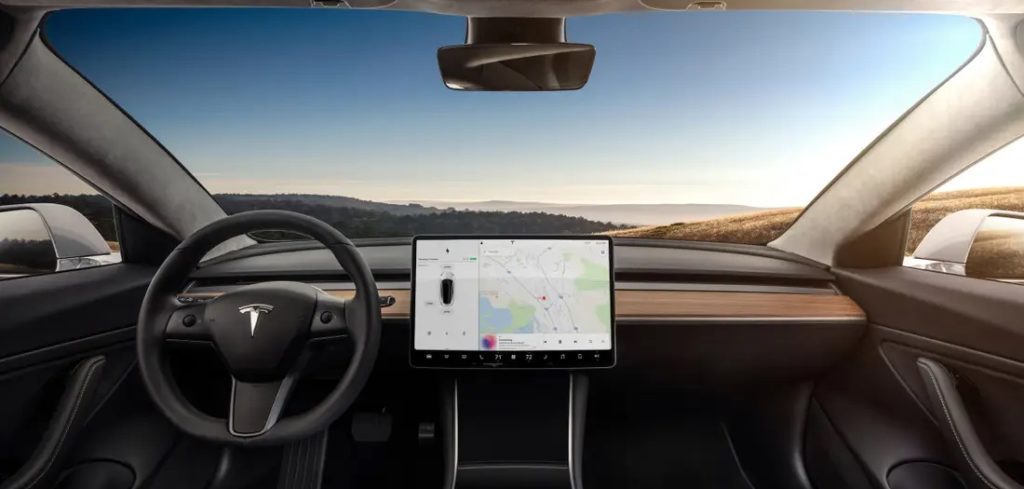Across the board, digital displays and touchscreen interfaces are becoming the norm in passenger cars, however, there is a strong argument that in certain cases traditional analog controls remain the best option.
Highlighting this issue is a recent case in Germany, where the owner of a Tesla was prosecuted for ‘using an electronic device’, following an accident (which occurred in 2019). The driver had left the road, hitting a signpost and trees, having tried to adjust the speed of the windscreen wipers. The car in question, a Tesla Model 3, has automatic wipers, but to adjust the speed, the driver had navigated into a sub-menu via the large central touchscreen.
A district judge ruled that conducting this operation contravened Germany’s rules related to the use of electronic devices while driving, despite the driver’s argument that it was a safety related adjustment. The fact that the screen is permanently installed in the car was also not deemed relevant by the judge; it still constituted an electronic device in the eyes of the law. The primary concern underpinning the judgement was that the driver’s eyes had to leave the road for some time, whereas German law only permits ‘brief glances’ at such systems.
This case raises some interesting questions regarding the operation of vehicle controls, not just from a legal standpoint but also one of HMI design. To be fair to Tesla, the Model 3 has various methods to actuate the wipers and, if the single wipe or screen wash function is activated, the wiper control menu automatically appears on the screen, negating the need to navigate sub-menus. They can also be voice controlled.
However, if one compares any of these options with the ‘traditional’ means of changing wiper speed, normally via a toggle switch on the steering column stalks, there is no denying the former requires more attention from a driver. Factor in potential unfamiliarity with a new vehicle, coupled with the increased concentration needed in inclement weather, and the potential for a catastrophic lack of attention to the road becomes apparent.
Various designers and engineers interviewed by Automotive Interiors World in recent times have commented that for some functions, analog controls remain the most effective solution from an operability perspective. This rings particularly true for safety-related systems, meaning the KISS principle is probably the best course of action, even if it does spoil the clean lines of an all glass cockpit. In the case of this driver, it would have saved them a one month driving ban and a €200 (US$237) fine.



